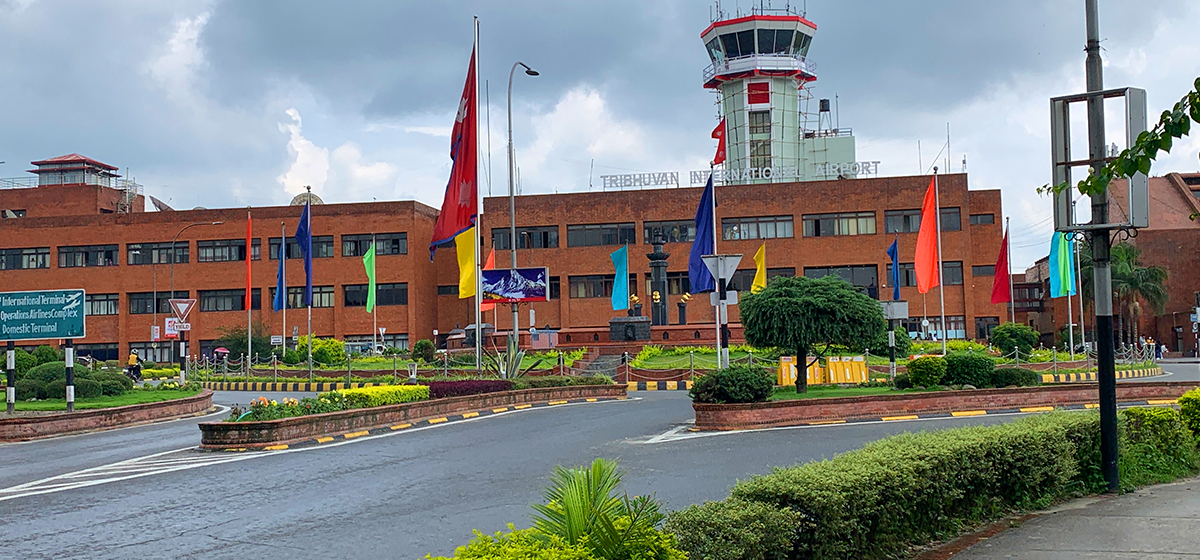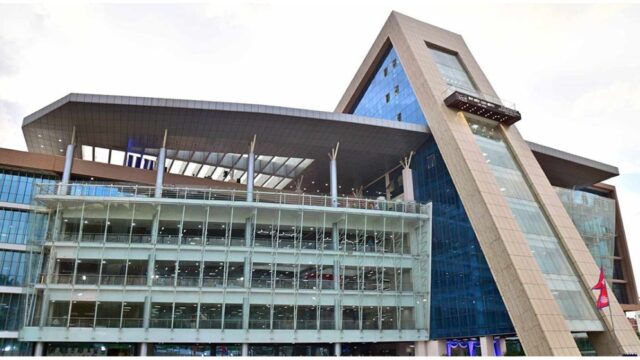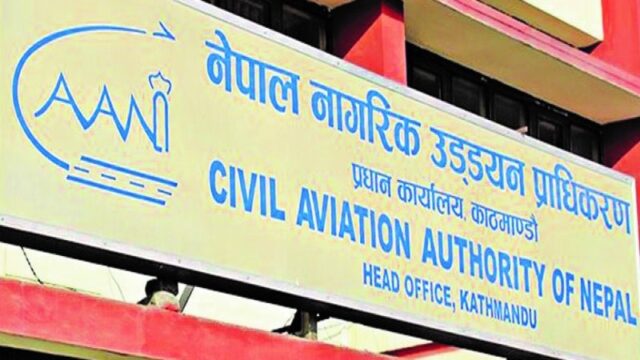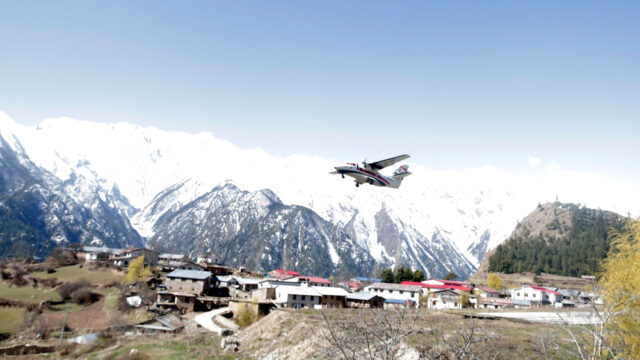Following the disruptions caused by heavy rains and subsequent floods and landslides on Ashwin 11 and 12, air travel in Nepal, which surged as a result, is gradually returning to normal. The incessant rainfall blocked various road networks across the country, prompting an increased reliance on air travel as an alternative.
At Tribhuvan International Airport, the country’s busiest airport, flight operations are now being conducted normally. The severe weather led to a rise in the number of passengers relying on air travel due to blocked road routes leading to and from the federal capital, Kathmandu. Both domestic and international flights experienced an uptick in demand. Reports indicated that on Ashwin 14, a single day saw 559 flights, accommodating 35,704 passengers.
Despite the increased traffic, the airport’s spokesperson, Rinji Sherpa, noted that the situation has stabilized compared to the recent surge in passenger volumes. “The flight frequency and passenger numbers remain high, but the extreme congestion we witnessed a few days ago has diminished,” he said.
Flight data reveals that on Ashwin 19, 299 flights were recorded; on Ashwin 20, the number rose to 318, and on Ashwin 21, it dropped slightly to 306, excluding helicopter operations. International flights have also resumed normal operations, according to airport authorities.
While the volume of flights has decreased, travelers are still facing challenges in securing tickets to reach their destinations. Some airlines have responded to increased demand by adding more flights to various routes. Despite the higher costs, many passengers are opting for air travel to reach remote areas, especially with the upcoming Dashain festival leading to an expected rise in air traffic.
The situation reflects the broader challenges faced by travelers in Nepal, particularly in light of natural disasters impacting transportation networks.
Source: RSS






